Cookies
We serve cookies on this site to analyse traffic and optimise your experience.
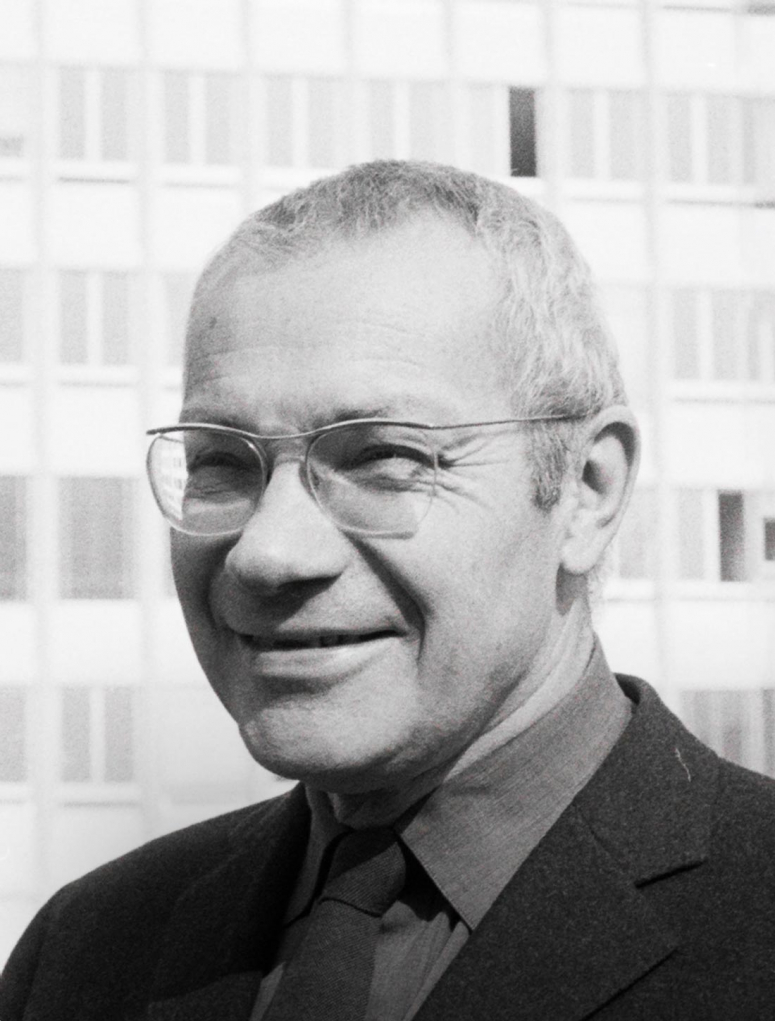 Max Bill [ Wikipedia ]
Max Bill [ Wikipedia ]
Max Bill, painter, sculptor, architect and icon of Swiss design. Among other things, he is widely known as the co-founder and director of the Ulm School of Design, which was considered a successor to the Bauhaus and closed in 1933. As a self-proclaimed anti-fascist, he supports the peace and environmental movements. His work is also political. When it comes to Bauhaus philosophy, he hopes to contribute to a better society through his work.
Max Bill was born on December 22, 1908 in Winterthur (Switzerland). From 1924 to 1927 he went to the Kunstgewerbeschule Zurich as a silversmith in the apprenticeship. When he was just 17 years old, Sophie Taeuber-Arp exhibited two of his student works in the legendary "Exposition internationale des arts décoratifs" in Paris. With the prize money, which he had recently won for a poster design for the chocolate manufacturer Suchard, he went to the Bauhaus in Dessau. Here he studied for two years with Albers, Kandinsky, Klee, Moholy-Nagy and Schlemmer - a formative and trend-setting time for the young Bill.
From architecture to product design
In 1929, Bill returned to Switzerland and settled in Zurich. Here the versatile artist worked as an architect, painter, sculptor, publicist and product designer. In 1930 he joined the Swiss Werkbund. From 1933, the former Bauhausler made first sculptures and was included in the Paris artist group "abstraction création". Bill was just 25 years old. His membership enabled him to exhibit side by side with such greats as Piet Mondrian, Jean Arp, Sophie Taeuber-Arp and Georges Vantongerloo. In 1938, Bill joined the CIAM (Congrès International d'Architecture Moderne), whose members include ao. other well-known architects such as Walter Gropius, Alvar Aalto and Le Corbusier.
Best known, however, was Max Bill as a driving force in the founding and planning of the HfG Ulm (College of Design) and as the architect and first principal and also headed the Department of Architecture & Product. For the first lesson Bill had brought colleagues from his time at the Bauhaus to the school such as Johannes Itten and Helene Nonné-Schmidt who taught the students in makeshift premises. At the same time the construction of the university campus started according to his plans. Students and lecturers should live and work together - a concept that Gropius had already realized for the Bauhaus. In 1955 the facility was officially opened. The profession of the designer, as we know him today, was decisively influenced by the teaching at the HfG Ulm and by publications and lectures by Max Bill about design. Max Bill's most famous design pieces include the Ulmer Stool, designed by Bill in collaboration with the Dutch architect and designer Hans Gugelot at the HfG Ulm, and the formally simple dials of Junghans wristwatches, wall clocks and kitchen clocks - both are true design classics and we collect these for you.
"The orbit of human vision has widened and art has annexed fresh territories that were formerly denied to it."
Source: Design Icons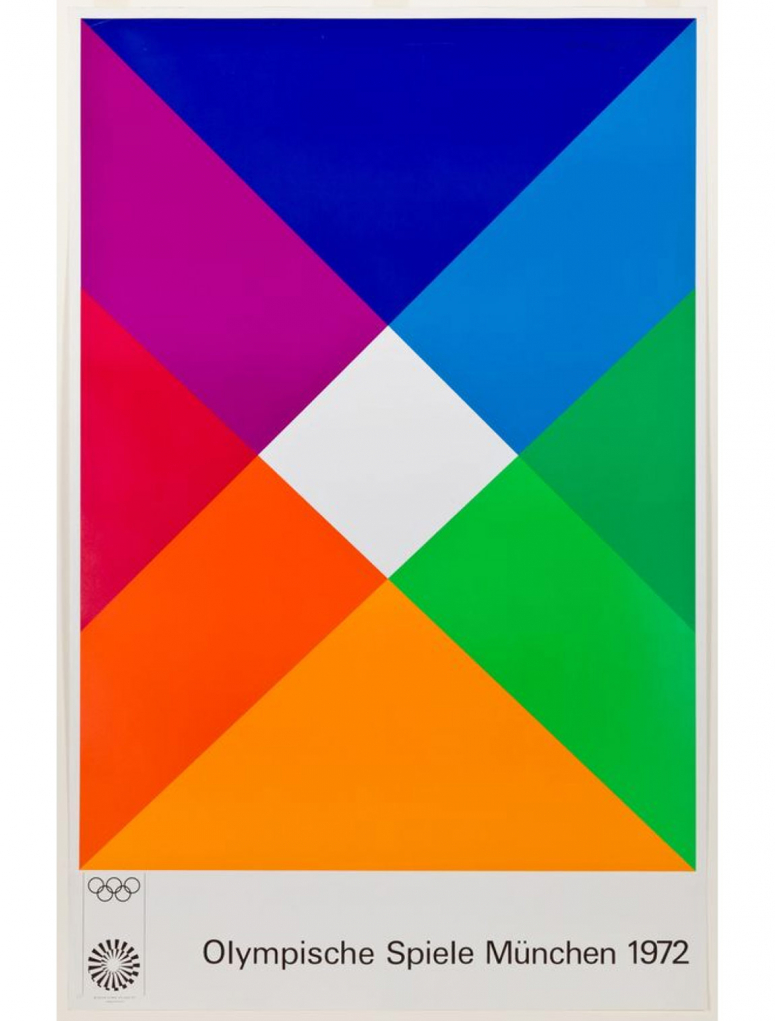 1972 Olympic Games poster by Max Bill
1972 Olympic Games poster by Max Bill
Design Icons
Max Bill is considered one of the key figures of the "Second Modernism" in German product design, in which the rational principles as defined at the Bauhaus, among others, in the 1920s were transferred to the new product world and developed further. Exemplary of this is the collaboration with the electrical appliance manufacturer Braun. This, together with the work of Otl Aicher, shaped Braun's overall appearance, one of the early consistent examples of a uniform visual corporate identity (today called corporate design), which was congenially implemented at Braun by advertising director Wolfgang Schmittel until the 1980s.
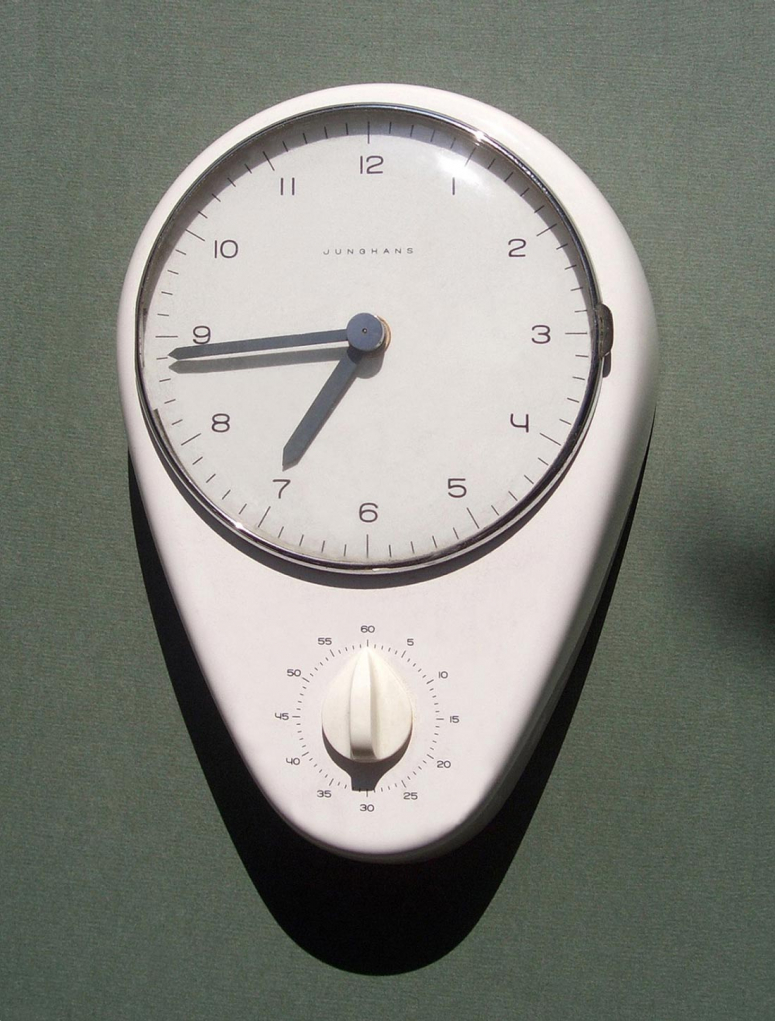 Kitchen clock designed by Max Bill [Christos Vittoratos]
Kitchen clock designed by Max Bill [Christos Vittoratos]
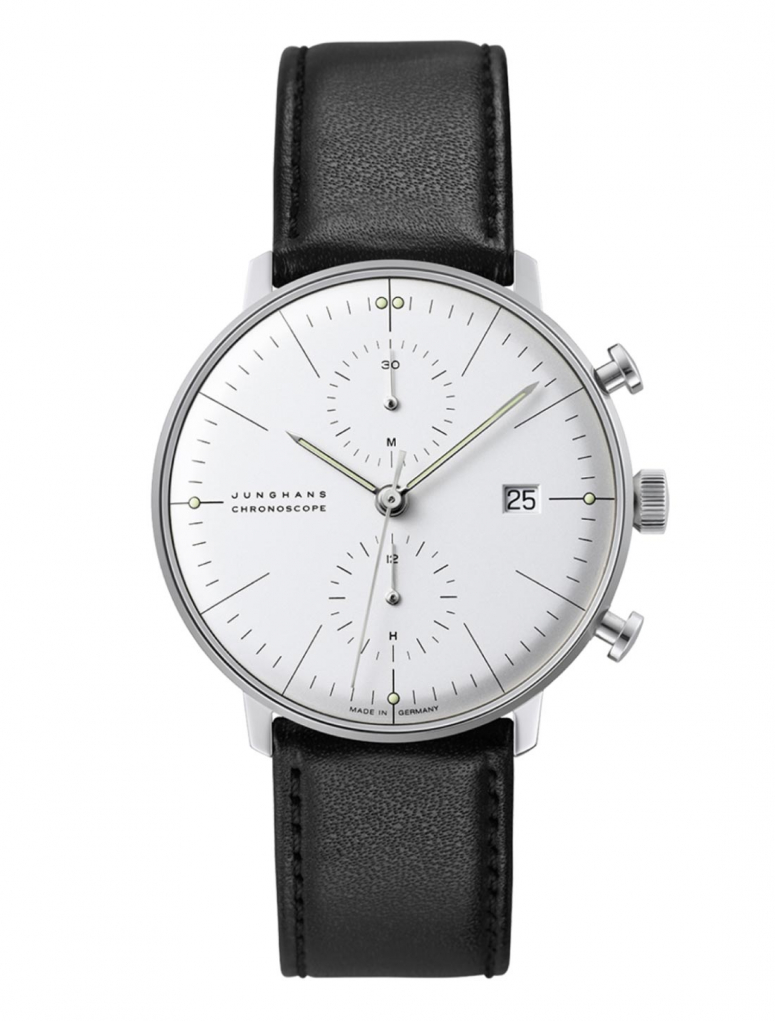 Junghans Chronograph watch [Junghans]
Junghans Chronograph watch [Junghans]
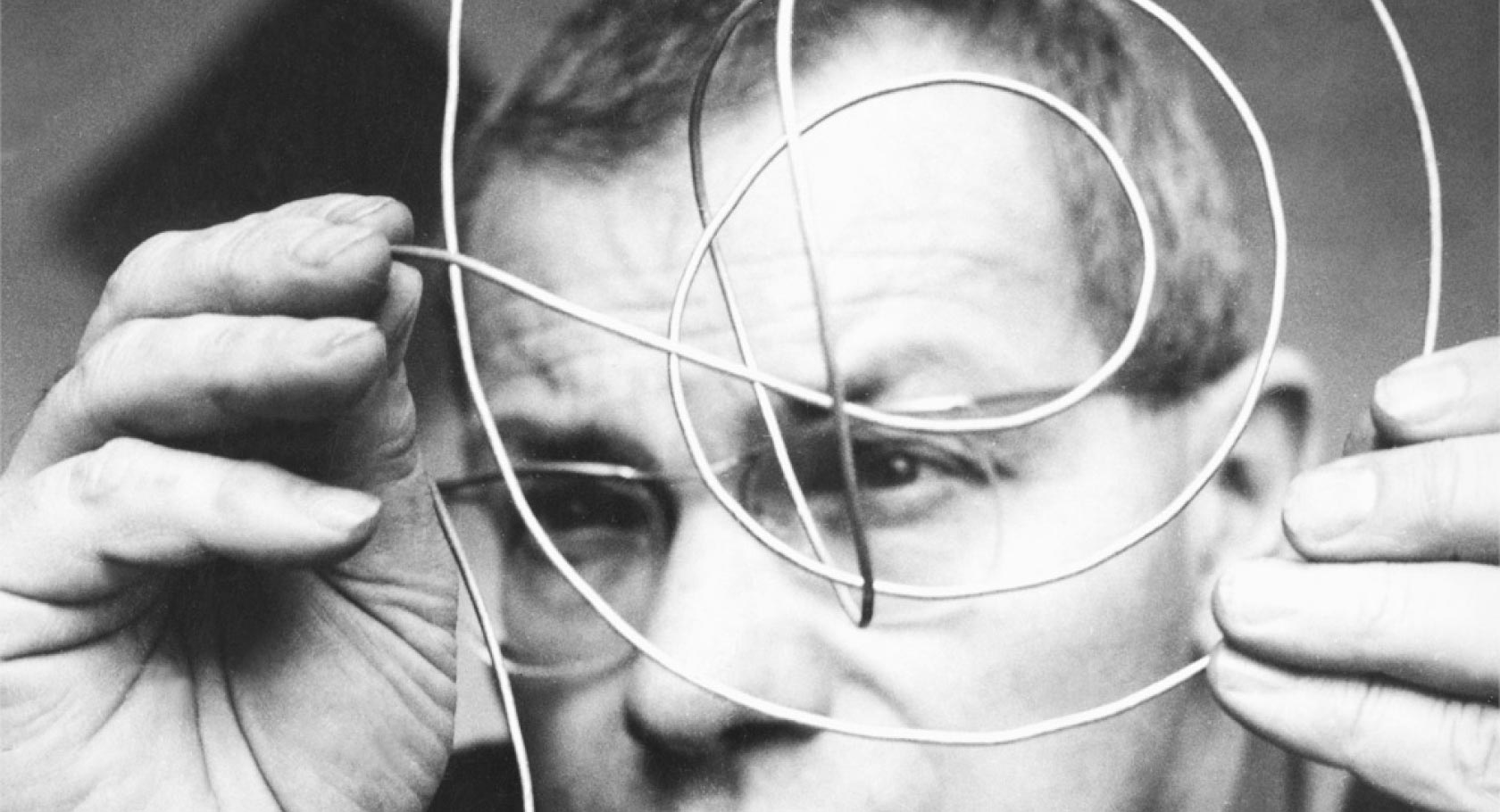 Max Bill portrait [KulturZueri]
Max Bill portrait [KulturZueri]


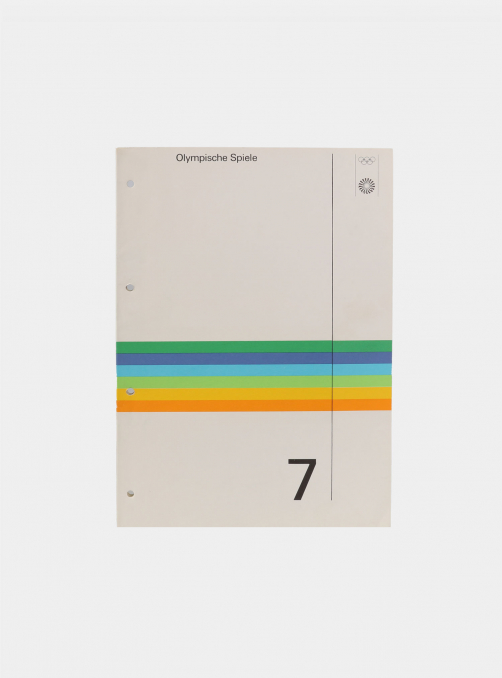 1972 Olympia Learning Program
1972 Olympia Learning Program
 1972 Olympia beer mat
1972 Olympia beer mat
 1960s Czech Swan
1960s Czech Swan

 DESIGNER
DESIGNER
 DESIGNER
DESIGNER
 DESIGNER
DESIGNER
